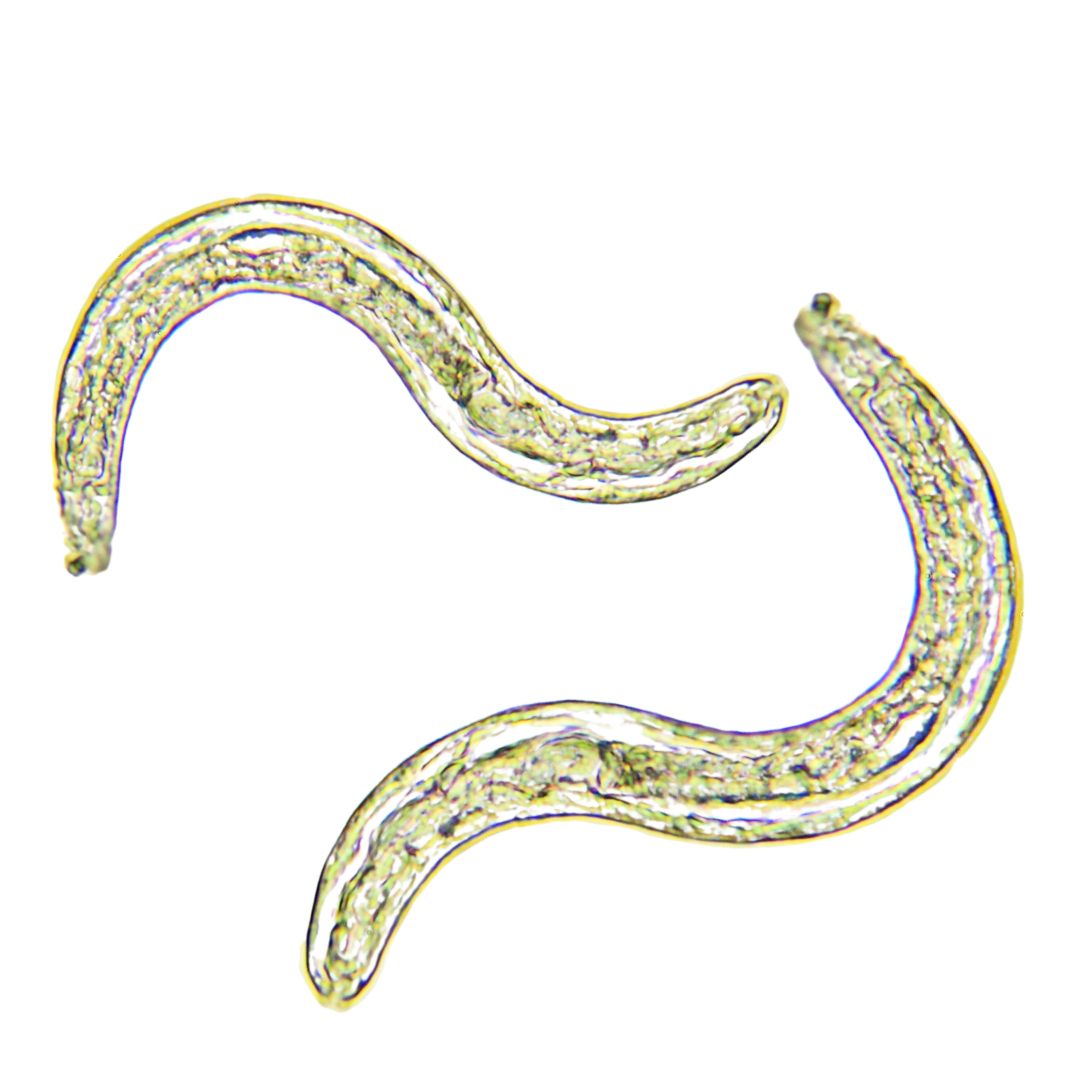“I’m Only Human” #002: Pinworms
Pinworms are the most common worm infection in the United States, mainly affecting children aged 5 to 10 and the adults who care for them, regardless of their income level.
Welcome back!
Continuing on with our Little Spuds series, “I’m Only Human,” where we normalize common conditions occurring in children and answer all your burning questions. Now grab your hand sanitizer and freshen up those hand washing stations for today’s topic: PINWORMS! All you want to know. Don’t worry, we won’t gross you out…too much.
Fast Facts:
Pinworms are the most common roundworm infection in the US - caused by Enterobius vermicularis.
Pinworms often affect school-aged kids 5-10 years, less common in preschoolers.
Common in adults caring for infected children or living in crowded conditions, and often spreads within families.
Humans are the only known natural hosts so no, your dog/cat/lizard/fish/hamster/gerbil isn’t patient zero.
Spread by touching infected stool or items and not washing hands before eating or after using the toilet.
Pinworms can live on items such as toys, bedding, clothing, toilet seats, baths, and furniture.
Can also spread during sexual contact.
How to get a pinworm infection - prepare yourself!
Eggs are swallowed, then they hatch in the stomach and duodenum.
The larvae move to the end of the small intestine and the start of the large intestine, where adult worms reproduce.
5 weeks after reproduction, females move out to the anal area and lay eggs - this causes nighttime and early morning ANAL ITCHING.
Incubation period after exposure: 1-2 months.
Symptoms:
Anal itching at night/early am (as discussed above), difficulty sleeping, decreased appetite & abdominal pain.
Complications of untreated infection:
appendicitis (uncommon)
bacterial infection of skin around anus from scratching
inflammation of the urethra
vulvovaginitis
pelvic inflammatory disease
Diagnosis:
Scotch tape test: Over several mornings, tape is placed on the perianal area before stooling and sent to the lab for microscopic analysis.
Pinworms can be seen 2-3 hours after falling asleep or in the morning, measuring 2mm-13mm, and appear white/threadlike around the anus.
Treatment:
Single dose of medication that may be repeated in 2 weeks if needed.
Pyrantel pamoate is over the counter for the whole family over the age of 2 years.
Albendazole and Mebendazole are prescription medications.
Recommend treating entire house.
Pregnant women should discuss treatment with their OB prior to initiating.
Some medications are not approved for use under the age of 2 years, so a thoughtful discussion is recommended with a child’s pediatric provider prior to initiating treatment.
Reinfection is common and can occur if eggs remain on bed linen, clothing or under nails.
Preventing Re-infection:
Decontaminate: wash underwear, pajamas, bedding, and towels.
Wash hands before eating and after using the toilet.
Keep fingernails short and avoid nail biting.
Symptoms generally resolve a few days after treatment.
Return to daycare
May return to daycare after the first treatment dose, provided the child has had a bath and cleaned under nails.
Summary
Pinworms are a common, treatable infection, but re-infection is also frequent. To prevent this, wash hands after using the bathroom and before eating, and remember to clean under nails. Concerned your child may have a pinworm infection? Fill out a request a visit form here and we will make sure to be in touch soon. Liked this article and want to share with friends? Just copy this link and share in your social media stories, send via text, or send in an email. We love expanding our Little Spuds families and appreciate your help too!
**Information in this article not intended to be direct medical advice, for general educational purposes only.**
References
Kind, T., & Rhodes, H. E. (2019). Pinworms. The 5 minute pediatric consult premium, (8th eds) (pp 708-709). Wolters Kluwer.
Rawla, P. & Sharma S. (2023, Aug 1) Enterobius Vermicularis. National Library of Medicine: National Center for Biotechnology Information. https://www.ncbi.nlm.nih.gov/books/NBK536974/

